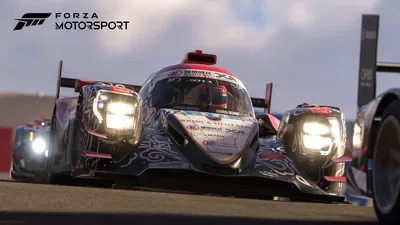Mazda Miata: The Best British Sports Car Isn't British
There's nothing quite like the joy of British sports car ownership.
There's nothing quite like the joy of British sports car ownership. Owners of such fine machines as Triumphs, MGs, Austin-Healeys, and Jaguars get to look at their cars, dream about their cars, clean up after their cars, repair their cars, and, sometimes, even drive their cars--when they work.
Are British cars really all that unreliable? The diehards don't seem to think so. Surely, there are still plenty of late model MGBs on the road to prove the potential longevity of a well-maintained Brit. These are not modern cars, though. Triumphs leak more oil than the Exxon Valdez. MGs that have never seen rain will rot out from the accumulation of blood and sweat left behind by frustrated owners. Jaguars--well, they're Jaguars. These are all beautiful, magical cars, but as strict transportation devices they're less practical than Craftsman riding mowers. British sports cars, even now, can be used everyday. But it takes grit, stamina, and madness (mostly madness) on an owner's behalf to keep one on the road for long.
As other cars advanced, British sports cars remained simple, pure conveyances that provided drivers with as little as possible to distance them from the road. The world moved past the unchanging Brits, though, and left them behind in a tweedy haze of irrelevance. That was in 1980, when such archetypal sports cars as the MGB, MG Midget, and Triumph Spitfire vanished from the marketplace. The affordable sports car was dead. The concept of a simple, 2-place roadster constructed of equal parts metal and magic remained etched into the minds of car enthusiasts the world over, though, and it was an idea that was sure to resurface when the world was ready.
Fast-forward nearly a decade, and the motoring establishment is in a frenzy as Mazda prepares to launch one of the most highly-anticipated cars of all time. That car, the Mazda Miata, was brought to market in 1989 for the 1990 model year. It met with one of the most overwhelmingly positive receptions of any vehicle before or since.
The Mazda Miata turned bad drivers into great ones. It turned automotive journalists into poets. And it turned car lovers' hearts into jelly. It was everything a sports car should be. Quick, light, nimble, pretty, engaging, and, for the first ever, reliable. The Miata was affordable, too, though it would take a while for the stratospheric dealer markups to fall back down to earth. Every minute detail on the Miata was designed with care. It was the best British sports car the world had ever known--only it wasn't even British.
Maybe something was lost in translation when the national language of the Sports Car was changed from English to Japanese. Maybe the Miata didn't quite have the warmth of its British predecessors. Maybe it was too perfect--almost to the point of sterility. But who cares? The Miata has become the best-selling sports car in history, and it has therefore been responsible for generating more smiles (and far fewer headaches) than any single British sports car. There will never be anything like the raspy snarl of one of Britain's pushrod four-bangers on a warm summer evening. The beauty of the Miata's little twin-cam, though, is that it can be heard ticking away not just on summer evenings but also in the rain, in the cold, and in most any other situation in which a British sports car would be rendered uncomfortable or even dangerous.
Mile for mile, a Miata might not deliver the sort of thrills that a vintage sports car will. The Miata is happy to deliver whenever you're ready, though. It's a faithful companion, a reliable friend, and a gosh darn great car. The Miata is just about everything that a classic roadster should be except British. For most drivers, though, that's not a problem at all.













Comments
No comments found.